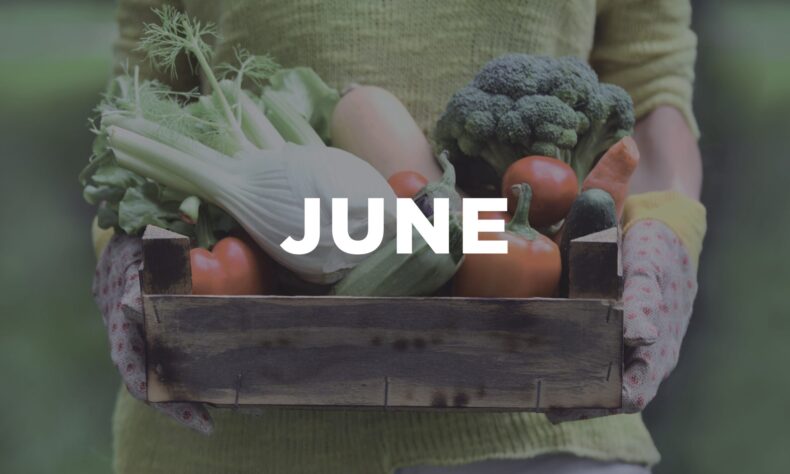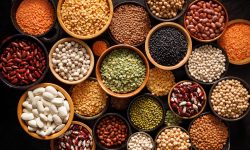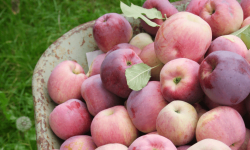Donating 10,000 meals in Pulses! For #WorldPulsesDay Spud is donating 10,000 meals worth with pulses…
Eating what’s locally in-season isn’t just some passing food trend.
When you’re eating food that has been grown locally, you’ll find that your selection will change throughout the year–but don’t fret. Different growing conditions accommodate different types of food, which is is why we don’t see fruit stands in winter. If you’ve shopped at Spud before, then chances are you’ve tried your hand at at least a few local products, but do you really know why we push the local thing so hard? Read on to find out what it’s really all about, and make sure to check out our monthly guide at the bottom to find out what’s in-season!
Why produce that’s locally in-season rocks:
1. It tastes better
When food is not in season locally, it’s usually shipped in from another part of the world. These foods usually need to be harvested before they are able to fully ripen so that they can endure a long shipping experience. However, when produce isn’t able to reach peak ripeness naturally, it doesn’t reach the same amount of nutritional density or flavour richness it could have. One point for local.
2. Variety all year long
A healthy diet consists of eating a variety of whole, fresh foods. When you start basing your grocery list off of what’s currently in season, you may find yourself being introduced to new vegetables that grow in your region that you’ve never thought to try before. Exploring outside of your comfort zone can be a healthy experience, and taking risks with trying new veggies is no exception!
3. Avoids pesticides, chemicals, and overseas contaminates
Food that can naturally grow in one area without a lot of human intervention reduce the need to use pesticides, waxes, chemicals, and preservatives. Less pesticides means less chemicals leaching into our soil, water supply, and bodies. Another thing to be weary of is that different countries have different laws and regulations around food health and safety. When you buy products that have been imported from somewhere else, it’s more difficult to know what types of contaminates might be on that product.
4. More environmentally friendly
Eating seasonally also obviously goes hand in hand with eating locally in terms of how it can help reduce your environmental footprint. For starters, choosing local is healthy for our soil. Aligning your diet with the seasons supports the diversifications of local agriculture because it allows time for nutrients to be recycled back into a crop’s soil.
Choosing to eat what’s locally in season also results in fewer food miles that your products had to travel to get to you. This results in less fuel and resources needed to transport your food. It also means that less food is damaged while in transit, reducing the amount of food waste that commonly occurs when food must be imported great distances.
5. It’s cheaper
When you’re buying what’s in season, you’re buying food that is at its peak of supply! This means that it costs less to farmers and distribution companies to harvest those goods and get them on your plate. It may seem like common sense, but we have gotten so used to certain ‘exotic’ foods as a big part of our diet that many of us don’t even consider this while grocery shopping.
So now that you know all the benefits that come along with eating local, seasonal produce–what’s stopping you? Check out our in-season guide, and try to work in as many local fruits and veggies as you can before they go out of season!
| SHOP SEASONAL PRODUCE NOW! |





